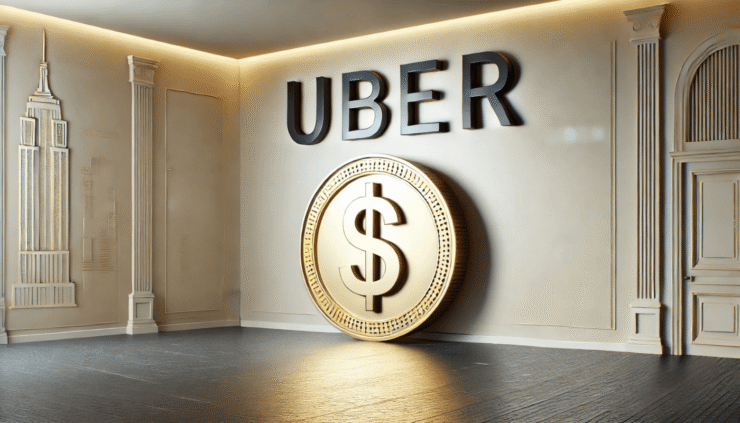Speaking at the Bloomberg Tech Summit in San Francisco, Uber CEO Dara Khosrowshahi revealed that the company is actively exploring the use of stablecoins to simplify and enhance its global payments infrastructure. Describing stablecoins as one of the most “practical” crypto innovations to date, Khosrowshahi emphasized their real-world potential beyond speculative investment.
“I think stablecoin is one of the more interesting instantiations of crypto that has a practical benefit other than crypto as a store of value,” he said.
For a company operating in over 70 countries, the appeal is clear. Stablecoins can reduce the friction and fees typically associated with cross-border transactions—long-standing operational headaches for global firms like Uber.
While Bitcoin remains the poster child of crypto, Khosrowshahi made it clear that Uber is more interested in stability than speculation.
“Bitcoin may be proven, but it remains a volatile store of value. What we’re looking at is something more functional,” he explained.
Although no timeline has been confirmed for a formal rollout, the CEO’s remarks point to a growing willingness to embed blockchain-based solutions into Uber’s global financial stack.
Uber Revisits Crypto Ambitions
Uber’s crypto interest isn’t new. Back in 2021, Khosrowshahi acknowledged that the company was open to accepting Bitcoin and other digital currencies—so long as they offered functional benefits for users. At the time, however, he emphasized that Uber had no plans to hold crypto on its balance sheet.
By 2022, Uber’s crypto perspective evolved further. Khosrowshahi stated the company would “absolutely” consider enabling crypto payments in the future, but raised concerns about high transaction fees and the environmental toll of proof-of-work blockchains like Bitcoin.
Now, with the emergence of energy-efficient stablecoins and improvements in blockchain scalability, Uber appears more aligned than ever with crypto’s practical applications—especially for global payments.
Stablecoins Gain Momentum in Policy and Finance Circles
Uber’s interest comes amid a broader wave of momentum for stablecoins across both policy and finance. Under President Donald Trump’s renewed focus on digital assets, U.S. lawmakers are accelerating work on regulatory frameworks, with the high-profile Genius Act playing a central role in shaping stablecoin policy.
At the same time, traditional financial institutions are stepping into the ring. Major U.S. banks—including Bank of America, Citigroup, and Wells Fargo—are reportedly exploring the development of a joint stablecoin through affiliated subsidiaries. If realized, such an initiative could significantly alter how stablecoins interact with existing financial infrastructure.
Meanwhile, industry players like Circle are breaking new ground. The issuer of USDC—the world’s second-largest stablecoin—went public this week, marking a key milestone in the evolution of stablecoins from crypto-native products to mainstream financial instruments.
Taken together, these developments suggest that stablecoins are fast becoming integral to the next generation of payments—and Uber could be among the first global tech firms to integrate them at scale.
Quick Facts
- Uber is exploring stablecoins to streamline global payments
- CEO Khosrowshahi calls them “practical” crypto tools
- No confirmed rollout, but openness to integration is rising
- U.S. lawmakers are advancing stablecoin regulation via the Genius Act
- Major banks reportedly planning a joint stablecoin initiative
- Circle’s IPO marks growing institutional confidence in stablecoins





